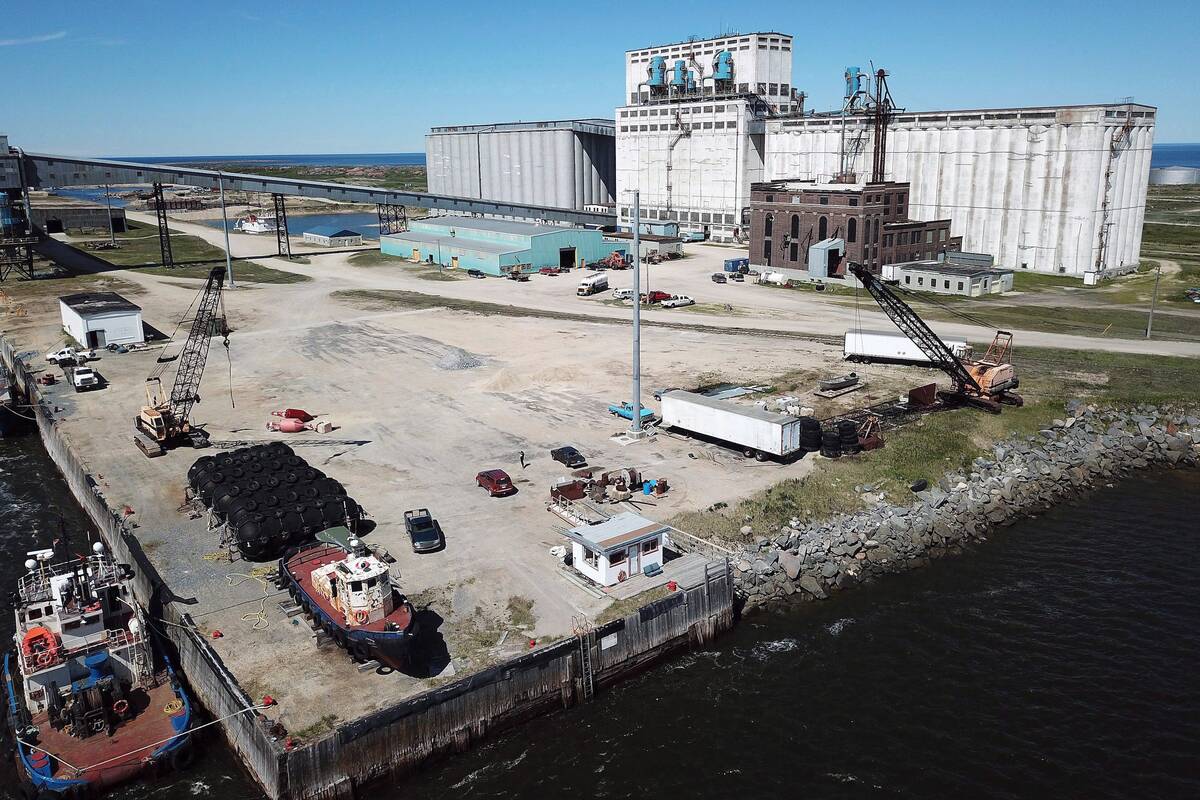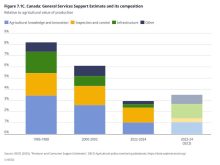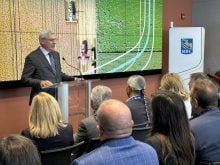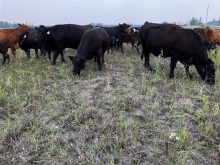The PFRA, an agency with an acronym synonymous with soil conservation on the Prairies, has quietly been dissolved into a new branch of the federal government.
The Prairie Farm Rehabilitation Administration is now part of the Agri-Environment Services Branch within Agriculture and Agri-Food Canada, department officials confirmed last week.
Jamshed Merchant, the assistant deputy minister in charge of the branch, said the federal government wanted to consolidate the capacity it had within the PFRA, its GIS (geographic information systems) capabilities within its National Land Use Information System and the department’s policy-making infrastructure under one administration to improve efficiency and service delivery.
Read Also

New Crown-Indigenous partnership to spearhead Churchill expansion
Province announces new Manitoba Crown-Indigenous Corporation to co-ordinate Port of Churchill Plus revamp, bolster northern development and trade
The word “prairie” no longer fit the national scope of the consolidated organization. Neither did the word “rehabilitation,” which aptly described its original mandate in 1935 to reclaim the Prairies from desertification. The PFRA was tasked with restoring broken land, rebuilding abandoned communities – and some would argue saving Canada – in the wake of the devastating soil erosion that occurred during the droughty 1930s.
“If Prairie agriculture could not be saved, if the desert could not be contained and then reclaimed, the cities that lived off agriculture could not survive. And without productive and prosperous and populated Prairie provinces, could Canada itself survive? This was the unasked question on everyone’s mind,” wrote James H. Gray in Men Against the Desert published in 1967.
The PFRA, along with scientists at the Dominion Experimental Farms established in the region, were instrumental in removing thousands of acres of marginal land from annual cropping – creating the community pasture system and a new feed resource for ranchers. They helped farmers establish shelter belts to prevent soil erosion and worked with farmers to change farming – particularly tillage – practices. The PFRA helped stabilize and improve water services, first through dugouts and later through water pipelines connecting rural communities and farmsteads.
Although its name became passé, the organization’s work is as valuable as ever. “The rehabilitation has been done, but environment as a top-of-mind issue is increasing,” said Merchant, who started his federal career as a PFRA soil conservationist based in Vegreville, Alta.
The Agri-Environment Services Branch has about 800 people in regional offices located across the country. It receives its mandate and funding through the federal government’s Growing Forward program.
Merchant said specific programs and services will continue to evolve to meet current and emerging needs such as climate change. But the branch’s mandate to provide technical expertise and support to help people change to more environmentally sustainable practices remains as strong as ever, he said.















